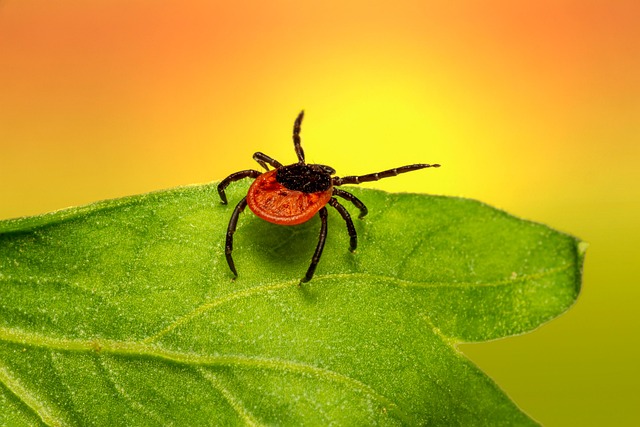Understanding mosquito and tick behaviors is crucial for effective control. Targeted preventive measures like eliminating standing water and maintaining lawns disrupt breeding and hiding cycles. Identifying and eliminating breeding grounds, using natural repellents, and consulting professionals are vital steps. Seasonal strategies and community engagement enhance long-term management, creating healthier environments.
Residential mosquito and tick control is a multifaceted approach to mitigating these pests’ impact on home environments. Understanding their behavior and breeding patterns is key, as is recognizing natural repellents and chemical applications that ensure safety. Professional services offer specialized expertise, while seasonal strategies promote long-term protection. Community engagement plays a vital role in reducing mosquito populations through collaborative efforts. This comprehensive guide explores effective methods to reclaim outdoor spaces from these pesky invaders.
Understanding Mosquito and Tick Behavior
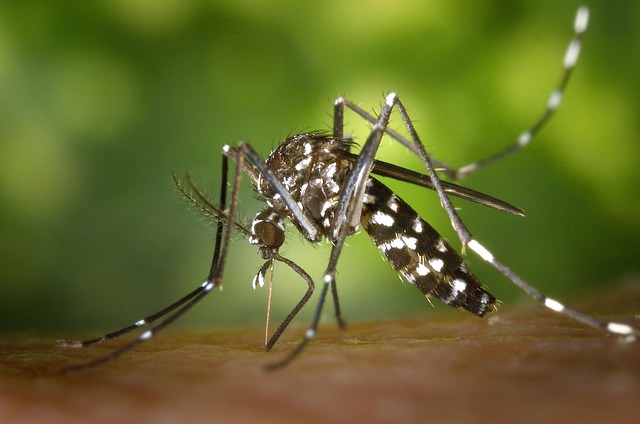
Mosquitoes and ticks are pests that exhibit distinct behaviors, understanding which is crucial for effective mosquito and tick control. Mosquitoes are primarily active during dawn and dusk, seeking out bodies of water where they breed. They are attracted to carbon dioxide, heat, and certain chemicals released by human sweat, making outdoor activities at these times particularly inviting—but also increasing exposure to bites. Tick behavior differs in that they are more active during the warmer months, often hiding in tall grass or shrubs, waiting for suitable hosts to pass by. Both pests have specific habitats and feeding preferences, knowledge of which allows for better prevention strategies. For instance, eliminating standing water around homes can disrupt mosquito breeding cycles, while maintaining mowed lawns and trimming foliage reduces tick habitat.
Identifying Breeding Grounds in Residential Areas
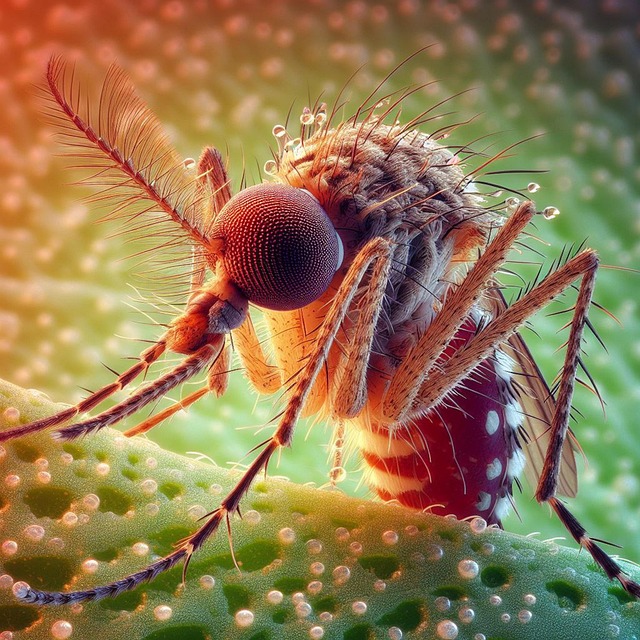
Identifying mosquito breeding grounds is a crucial step in effective residential mosquito and tick control. Mosquitoes lay their eggs in standing water, so the first line of defense is to eliminate or manage any sources of stagnant water around homes. This includes emptying water from flower pots, old tires, buckets, birdbaths, and other containers that can collect water. Gutters and downspouts should be cleaned regularly to prevent water buildup. In addition, fixing leaks in outdoor faucets and exploring options for automated drainage systems can further reduce breeding sites.
Regularly inspecting your yard and neighborhood for areas with potential water accumulation is essential. Puddles, ponds, or even small depressions in the ground can provide ideal conditions for mosquito larvae to develop. Addressing these issues promptly not only helps control mosquitoes but also reduces the risk of diseases transmitted by these insects, such as West Nile Virus and Zika Virus. Effective tick control goes hand in hand with mosquito management, as many tick species are carried and dispersed by mosquitoes, further emphasizing the importance of identifying and mitigating breeding grounds.
Natural Repellents and Their Effectiveness
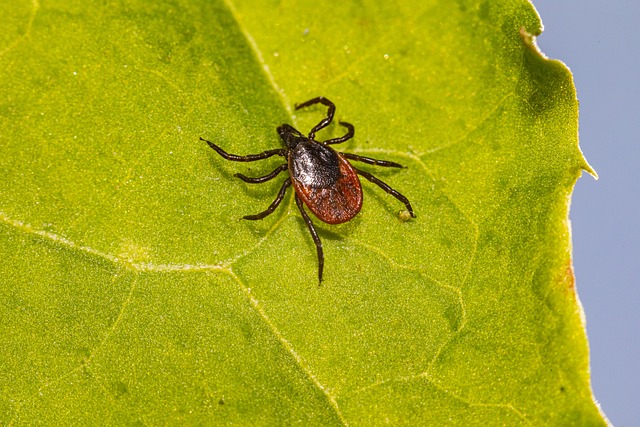
Natural repellents have gained popularity as an alternative method for mosquito and tick control, offering a more environmentally friendly approach to managing these pests. Essential oils from plants like citronella, lavender, and peppermint are commonly used due to their strong scents that mosquitoes find unpleasant. These natural compounds can be applied topically or diffused in the air to create a protective barrier against biting insects.
While natural repellents show promise, their effectiveness may vary depending on factors such as concentration, weather conditions, and individual sensitivity. Some studies suggest that certain essential oils can deter mosquitoes for up to several hours, providing a reasonable level of protection. However, it’s important to note that no single natural repellent is 100% effective, especially in high-mosquito activity areas. Combining multiple natural methods and utilizing them consistently can significantly enhance their overall performance in mosquito control.
Chemical Control Methods: Safe Applications

Chemical control methods, while effective in mosquito and tick control, require careful consideration and safe applications. Pesticides used for these pests should be carefully chosen to minimize environmental impact and ensure human safety. Professional applicators adhere to strict guidelines for dilution rates and application techniques, ensuring that treatments are targeted and do not contaminate water sources or harm beneficial insects.
Safe applications involve strategic placement of treated areas, regular monitoring, and adherence to label instructions. It’s crucial to consult with licensed professionals who understand the unique challenges of residential areas. By following these practices, effective mosquito and tick control can be achieved while mitigating potential risks associated with chemical treatments.
Professional Pest Control Services for Homes
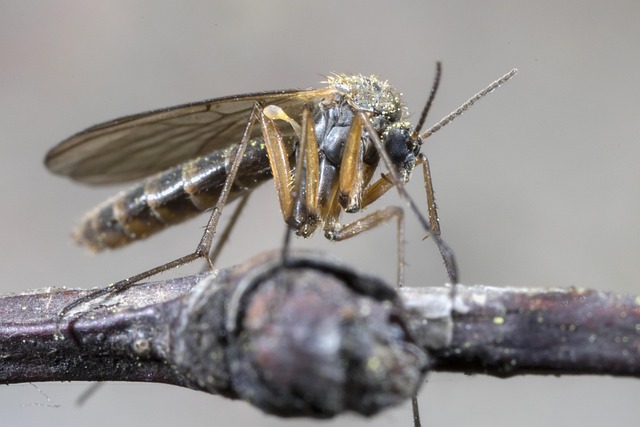
Many homeowners turn to professional pest control services for effective mosquito and tick control. These specialists offer comprehensive solutions tailored to residential areas, ensuring a safe and comfortable living environment. With their expertise, they employ advanced techniques and eco-friendly products to manage and eliminate these irritating pests.
Professionals in the field utilize a combination of strategies, including targeted treatments, pest exclusion methods, and habitat modification. They identify breeding grounds and take measures to disrupt the mosquito and tick lifecycle, preventing their return. Regular inspections and maintenance plans are also part of their services, providing ongoing protection against these pesky insects.
Seasonal Strategies for Long-Term Protection
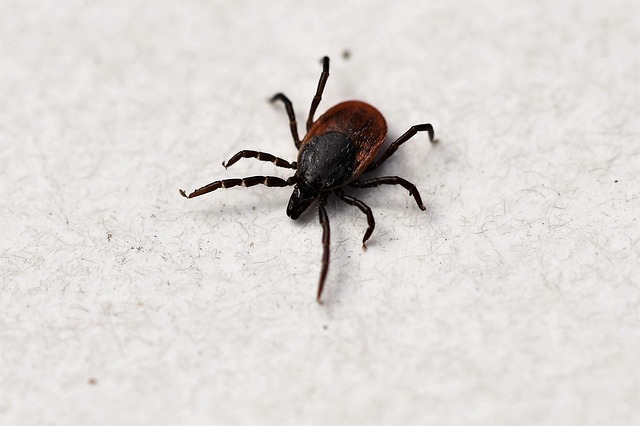
In regions with distinct seasons, implementing seasonal strategies is key to effective long-term mosquito and tick control. During the warmer months, when these pests are most active, focusing on prevention is crucial. This involves eliminating standing water around homes, as mosquitoes breed in stagnant water. Regularly cleaning gutters, fixing leaky pipes, and emptying containers like flower pots can significantly reduce breeding grounds.
For sustained protection, consider seasonal applications of professional-grade mosquito and tick control treatments. These services often employ targeted strategies such as barrier sprays that kill adult mosquitoes on contact and treat the environment to disrupt their life cycle. In colder seasons, maintaining proper yard upkeep and scheduling proactive treatments can help prepare for the next active season, ensuring a more comfortable outdoor living experience year-round.
Community Engagement: Reducing Mosquito Population
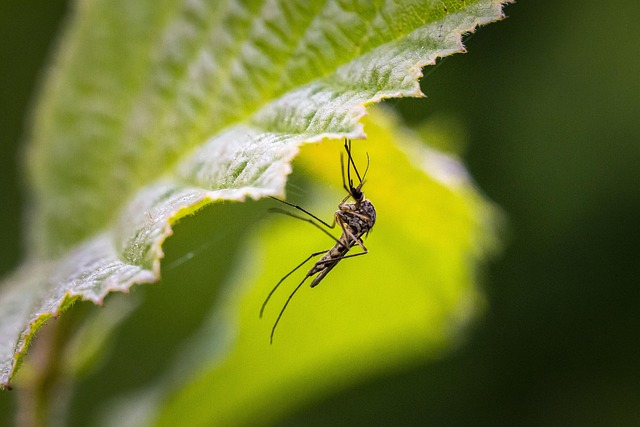
Community engagement plays a vital role in effective residential mosquito and tick control. By fostering collaboration among neighbors, local governments, and pest management professionals, communities can create strategies to reduce mosquito populations. This involves sharing knowledge about breeding grounds, implementing best practices for eliminating water sources where mosquitoes lay eggs, and promoting the use of preventive measures like repellents and insecticides.
Engaged communities can also organize initiatives such as neighborhood clean-up drives to remove standing water from discarded containers, and they can support the installation of mosquito traps in public spaces. These collective efforts not only minimize the breeding grounds for mosquitoes but also foster a sense of shared responsibility and safety, contributing to healthier and more livable environments for all residents.
